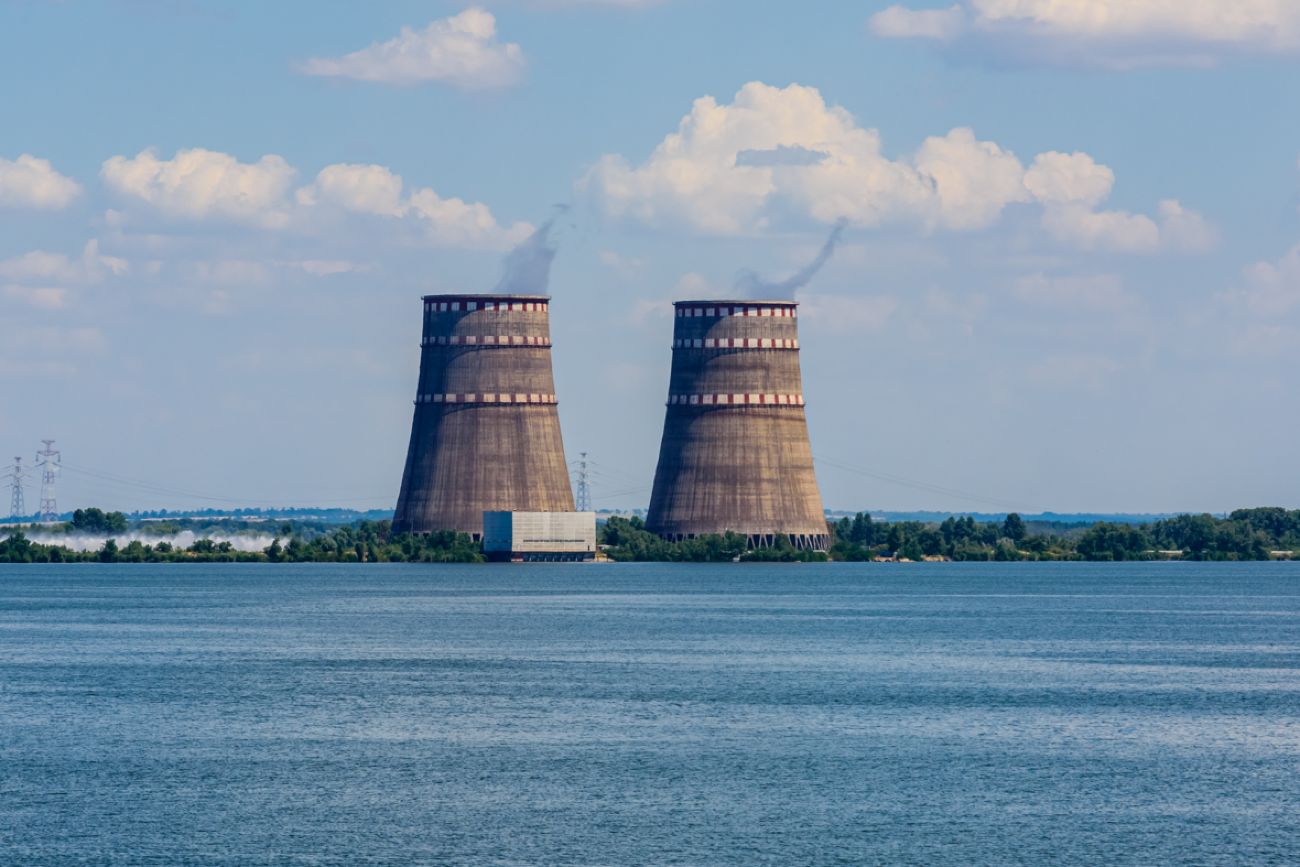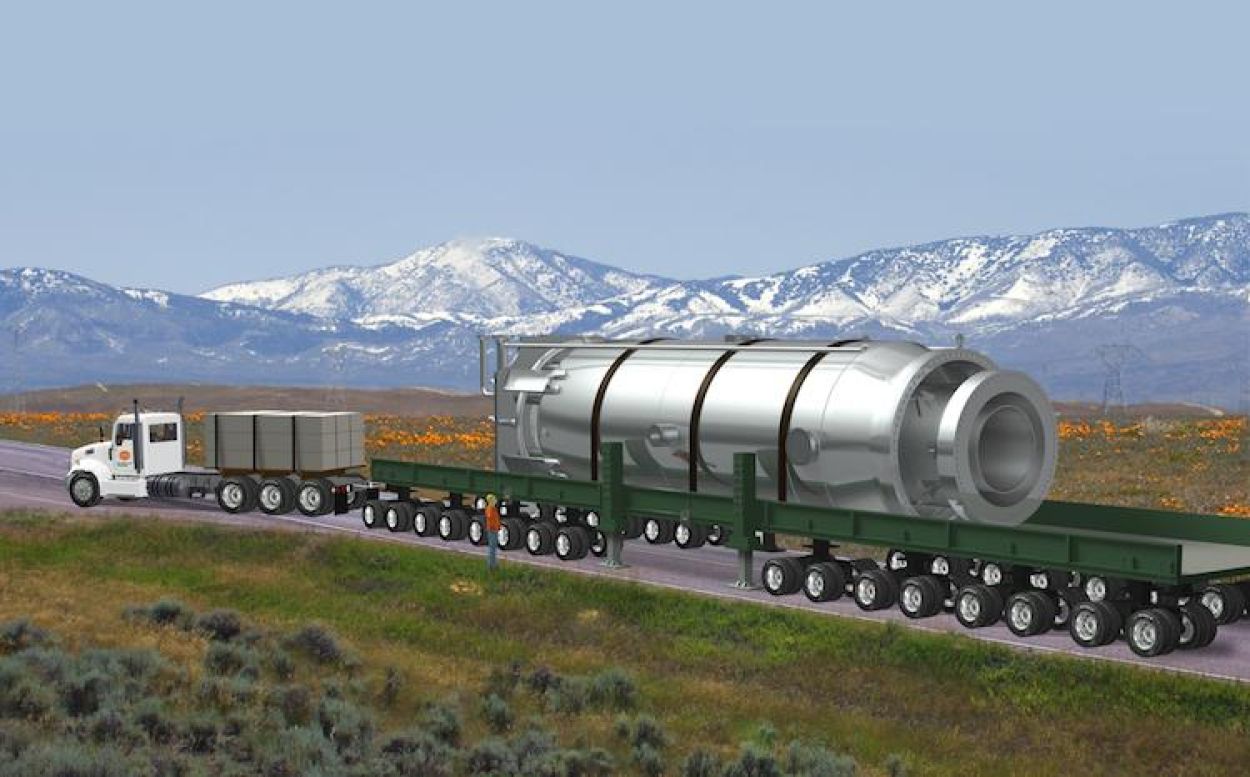The signing of the 123 Nuclear Agreement between India and the US ended the former’s pariah status in the nuclear world. It brought hope to the American player to collaborate in the nuclear energy sector.
But India’s first deal with the Westinghouse Electric Corporation, a power manufacturing company, has been hanging fire after the company reported bankruptcy. India is now seeking to cooperate with the US on building Small Modular Reactors instead of Russia.
At the G-20 summit, Indian bureaucrat Amitabh Kant called for India-US collaboration to build small 300 MW nuclear power plants and sought “unfettered access” to the US cutting-edge technology.
So far, Russia has been India’s biggest collaborator in the nuclear energy sector. It has helped set up the largest nuclear power plant in Asia at Kudankulam, Tamil Nadu.
“India needs to work with the US so that it is provided unfettered access to new edge technology like small modular reactors (SMR) by granting general authorization to India,” Kant said in a statement at the summit. The nuclear power generation in India has been stagnant for some time because the French-backed Jaitapur project of 9900 MW power has not started yet. He added that India and the US should create an ability to co-produce SMRs in their respective countries and reduce costs for developing the reactor.
The subject will likely be taken up during Prime Minister Narendra Modi’s visit to the US starting on June 22.
Kant also advocated private sector participation in nuclear power generation. “State discoms should build nuclear power plants of up to 300 MW capacity with the help of the private sector. Private sector participation needs to be allowed in the atomic energy sector for SMRs to take advantage of higher efficiencies,” said Kant.
Nuclear energy, according to Indian policymakers, is going to play a significant role in the decarbonization of its energy. The country aims to achieve zero-carbon emissions by 2070.
Power plants based on SMRs may require less frequent refueling every three to seven years, compared to between one to two years for conventional plants. Some SMRs are designed to operate for up to 30 years without refueling, states International Atomic Energy Agency (IAEA).
There have been huge concerns associated with traditional large-scale nuclear power reactors. SMRs are being developed in answer to assuage these concerns. The International Atomic Energy Agency (IAEA) defines SMRs as “advanced nuclear reactors that have a power capacity of up to 300 MW per unit, about one-third of the generating capacity of traditional nuclear power reactors.”
According to the World Economic Forum, the global SMRs market is expected to grow to US $ 300 billion by 2040. Presently over 17 countries are working on building small factory-fabricated modular reactors. The modular nature of SMRs makes it possible for systems and components to be factory assembled and transported as a unit to a location for installation.
The SMRs, are much cheaper and quicker to get running than standard plants. The US, the UK, and Canada, three major nuclear markets, have all signaled growing support for SMRs.

Russia’s SMR development is in a reasonably advanced stage. In 2019, it connected a floating SMR to the grid. Akademik Lomonosov is a pilot project and a ‘working prototype” for a future fleet of floating nuclear power plants. It will be deployed to far-flung areas in Russia’s North and Far East.
In April 2023, Russian nuclear regulator Rostekhnadzor granted a license to build the country’s first land-based SMR in the Republic of Sakha (also known as Yakutia) in Russia’s Arctic north.
In 2022, Russia went against the world to attack Ukraine, following which the Western countries slapped heavy economic sanctions against the country. The US government, however, could not bring itself to sanction the Russian nuclear energy giant Rosatom because of its importance in the global nuclear industry.
A special high assay low enriched Uranium is used in the SMRs, and Russia has a monopoly over it. In the absence of an alternative source, the US is dependent on Russia for it.
HALEU is enriched to up to 20%, rather than around 5% for the uranium that powers most nuclear plants. But only TENEX, a subsidiary of Russian state-owned nuclear energy company Rosatom, currently sells HALEU commercially.
Turkey has shown interest in Russian SMRs. However, India wants to diversify its nuclear partnership.
“Undoubtedly, by now India-Russia nuclear cooperation is matured, and Russia is a reliable partner. But putting all eggs in one basket would not be a prudent strategy when India is planning to expand its nuclear energy sector,” Sitakanta Mishra, Professor at Pandit Deendayal Energy University, Gujarat, and an expert on nuclear energy, told the EurAsian Times.
“Diversification of nuclear players, both domestic and foreign partners, would be a realistic strategy. Therefore, a partnership with the US for SMR technology will serve this objective. Furthermore, India must recognize and reciprocate the US wholehearted support for NSG waiver in 2008 and Civil Nuclear Deal that unshackled India of all multilateral technology control regimes imposed after 1974,” Mishra weighed in.
He was optimistic that cooperation with the US on SMR technology could be done after taking Russia into “confidence.” “In the future, cooperation with Russia in the same sector can also be planned,” he opined.

The Nuclear Energy Market In India
A recent report in Reuters said that India is likely to overturn a ban on foreign investment in its nuclear power industry and allow greater participation from domestic private firms. An Indian government panel has recommended the changes.
Under India’s Atomic Energy Act 1962, the government controls the development and running of nuclear power plants. Domestic private firms have been able to take part by supplying components.
India has signed contracts with many foreign companies like Westinghouse Electric, GE-Hitachi, Electricite de France, and Rosatom to set up nuclear power plants. Apart from Rosatom, none of the companies have been able to deliver so far.
Opening up the nuclear energy sector for foreign investment could also open many doors for cooperation, and SMRs could be a good starting point.
- Ritu Sharma has written on defense and foreign affairs for over a decade. She holds a Master’s Degree in Conflict Studies and Management of Peace from the University of Erfurt, Germany. Her areas of interest include Asia-Pacific, the South China Sea, and Aviation history.
- She can be reached at ritu.sharma (at) mail.com




